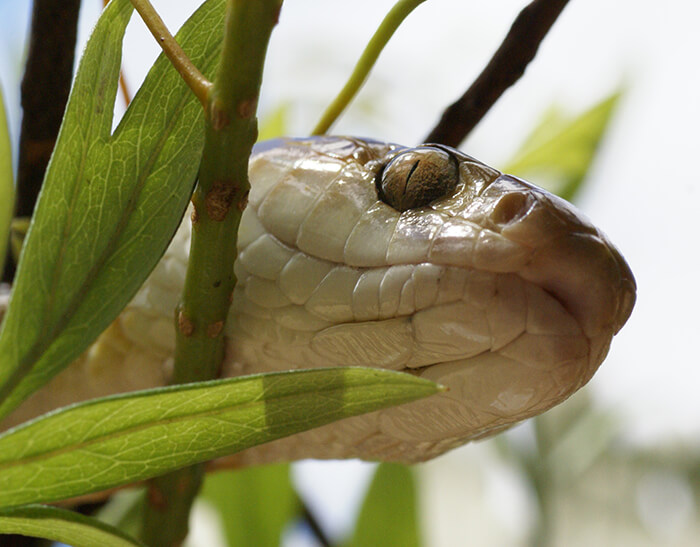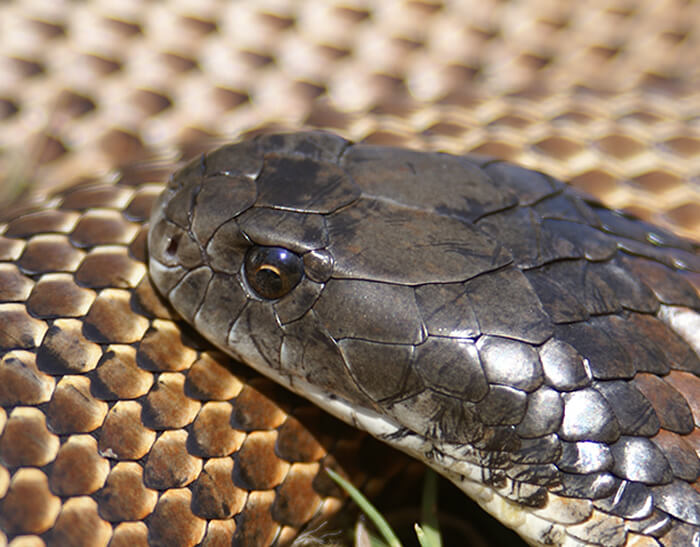Introduction
The tiger snake is among Australia's the majority of notorious reptiles, been afraid for its powerful poison and hostile personality. This remarkable animal plays a crucial function in the community, yet it typically deals with misconceptions that bring about unnecessary fear. In this detailed article, we will certainly explore the world of the tiger serpent, discovering its habitat, venom attributes, and essential emergency treatment methods in instance of a serpent bite.
Understanding the Tiger Serpent: Habitat, Venom, and Emergency Treatment Essentials
Tiger serpents are mostly found along the southerly coastline of Australia, consisting of Tasmania. They grow in various environments such as wetlands, seaside regions, and even metropolitan locations. Their versatility makes them successful killers; nonetheless, their proximity to human environments frequently results in experiences that can cause bites.
This post aims to demystify tiger snakes by discussing their habitat preferences, analyzing their poison make-up and impacts on human beings, and providing essential first aid info for bites.
1. Tiger Serpent Environment: Where Do They Live?
1.1 Overview of Tiger Serpent Distribution
Tiger snakes brown tree snake (Notechis scutatus) are mainly discovered in southerly Australia and Tasmania. They populate various environments varying from seaside marshes to freshwater lakes.
- Coastal Areas: Tiger serpents are frequently spotted near shorelines where they hunt for fish and amphibians. Wetlands: These areas supply ample hiding places and abundant prey. Urban Locations: As cities broaden into all-natural environments, tiger serpents might be seen venturing right into country yards or parks.
1.2 Preferred Habitats of Tiger Snakes
Tiger snakes choose wet settings where water sources are conveniently are small eyed snake venomous offered. Their environments usually include:
- Marshes: The dense plant life enables them to ambush prey effectively. Swamps: These locations use shelter from killers while giving a rich hunting ground. Riversides: Water bodies attract several animals which work as food sources for these snakes.
1.3 Environmental Elements Influencing Environment Choice
Several variables affect where tiger snakes pick to live:
- Temperature: Being ectothermic (cold-blooded), they call for cozy atmospheres for ideal activity levels. Prey Accessibility: High populations of frogs and little creatures attract these snakes. Shelter: Dense plants offers not only as camouflage yet likewise as security against prospective threats.
2. Are Tiger Snakes Venomous? Understanding Their Venom
2.1 Structure of Tiger Snake Venom
Yes! Tiger snakes are indeed venomous animals. Their poison is a complicated combination containing neurotoxins that can cause paralysis and coagulopathies impacting blood clotting mechanisms.
Key Components of Poison:
- Neurotoxins: Affect nerve function bring about paralysis. Hemotoxins: Damages blood vessels triggering interior bleeding.
Understanding these parts helps us value the strength of a tiger snake bite.
2.2 Impacts of a Tiger Snake Bite on Humans
A bite from a tiger serpent can result in extreme signs:
- Local Symptoms: Discomfort, swelling, and staining at the bite site. Systemic Signs: Queasiness, throwing up, trouble taking a breath because of paralysis or constriction of airways.
Severity Levels
Minor Bite: Localized pain without systemic symptoms. Moderate Bite: Systemic signs and symptoms but convenient with medical care. Severe Bite: Dangerous; needs prompt clinical intervention.3. Determining Different Kinds Of Tiger Snakes
3.1 Eastern vs Tasmanian Tiger Snakes
There are 2 key categories based upon geographic distribution:
Eastern Tiger Serpent (Notechis scutatus)
Found along eastern coasts as much as Queensland.
Tasmanian Tiger Serpent (Notechis scutatus)
Adapted especially to Tasmania's distinct setting with slightly varying coloration patterns.
3.2 Color Variations in Habitat Preferences
Tiger serpents display considerable shade variations relying on their environment:
- Coastal populaces usually show stripes or spots for far better camouflage against sandy shores.
4. Behavior Patterns of Tiger Snakes
4.1 Hostility Level
Tiger serpents are known for their hostile actions when threatened or collared which can bring about defensive strikes if provoked.

4.2 Hunting Techniques
They have exceptional agility permitting them to strike promptly at victim such as frogs or small Find more info rodents mainly throughout golden hours when they're most active-- making them nocturnal hunters!
5. Emergency Treatment for Snake Bites: Essential Steps You Should Know
When it comes to managing serpent bites, expertise is vital!
5.1 Immediate Actions After a Bite
If bitten by a tiger snake:
Stay calmness! Panic increases heart price which spreads poison faster through your bloodstream.
Apply pressure around the injury using clean fabrics-- avoid cutting or drawing out venom!
Remove limited clothing/jewelry near the bite website; swelling might happen rapidly.
Immobilize the influenced arm or leg using splints when possible-- this restricts activity helping decrease venom spread!
5.2 Getting Medical Help
Seek emergency medical assistance promptly! Time is vital when managing possible envenomation from tiger snakes!
5.3 First Aid Kit Fundamentals for Snake Bites
Having a fully equipped first aid kit can make all the difference throughout emergency situations:

|Item|Summary|| ------|-------------|| Pressure Bandage|Helps immobilize wound|| Sterilized Gauze|For dressing injuries|| Emergency Contact Info|Quick accessibility numbers|| Antivenom Info|Understanding about local antivenoms|
6 Frequently asked questions Regarding Tiger Snakes
Q1: Are all tiger snakes dangerous?
A: While all have venomous abilities impacting people dramatically-- most prefer avoidance unless threatened!
Q2: Just how swiftly does tiger snake venom affect humans?

Q3: Can you make it through a tiger serpent bite without treatment?
A: Untreated attacks can be fatal as a result of fast development; instant treatment is crucial!
Q4: What should I do if I run into one?
A: Maintain distance & & pull back gradually; avoid sudden activities that may prompt aggression!
Q5: Exactly how typical are attacks from tiger snakes?
A: Although experiences take place often-- real bites continue to be fairly rare due mainly due preventive actions taken by homeowners living within influenced ranges.
Q6: Is there an antidote available?
A: Yes! Antivenoms specific for Australian varieties exist-- clinical facilities bring these medications prepared when needed urgently post-bite incidents!
7 Conclusion
Understanding the intricacies surrounding "Recognizing the Tiger Serpent: Habitat, Venom, and Emergency Treatment Essentials" is extremely important not only for personal safety and security but also cultivating coexistence with these exceptional creatures inhabiting Australia's landscape! By learning more concerning their habits & & reliable action methods regarding potential experiences-- we outfit ourselves much better against unnecessary worries while appreciating nature's diversity totally! So let's accept education rather fear-- it leads towards consistency in between mankind wildlife alike!